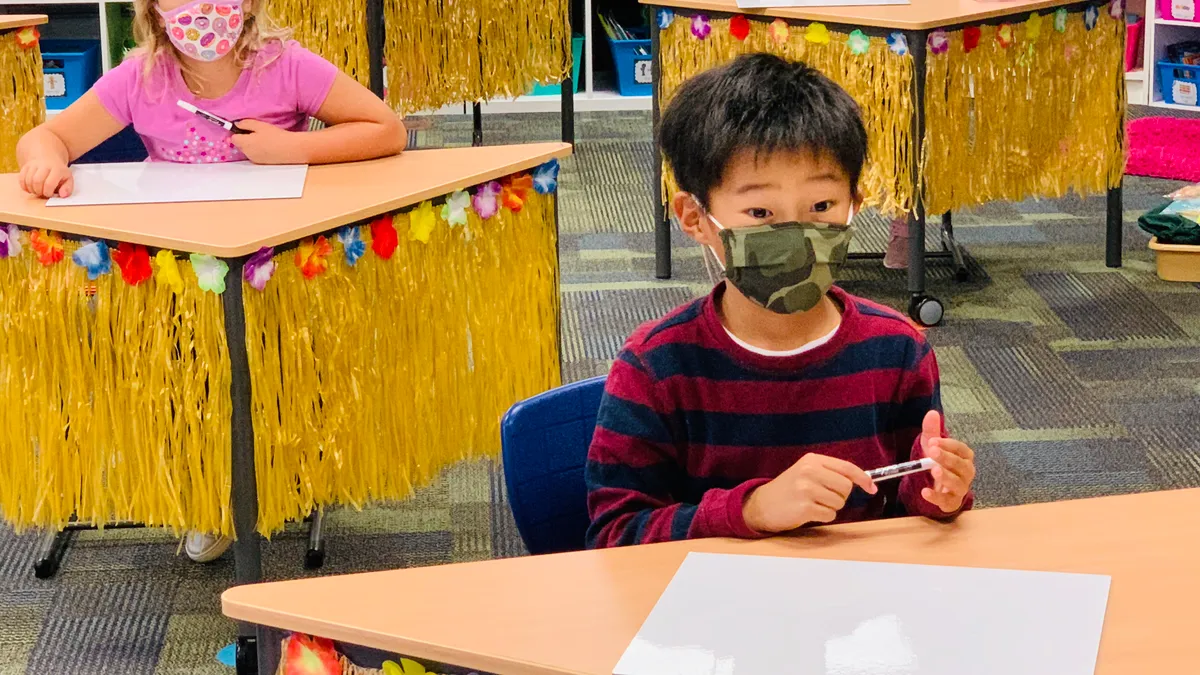Dive Brief:
- Having students plan presentations by focusing on three steps — purpose, depth and delivery — ensures they produce projects that engage their peers and can be accomplished on their own, Florida 5th grade teachers Michael Glasheen and Tiffany Perry write for Edutopia.
- Students start by determining the focus of their project, considering, in part, what they want to learn plus what they need to know to complete the work. Next, they consider the materials they’ll require, and finally they choose how they’ll present the project using the tools and methods they've decided upon to deliver what they’ve learned.
- By giving students a choice in what the finished project may look like — from the topic to the actual design — Glasheen and Perry find they learn not just about the subject, but about the students themselves.
Dive Insight:
Educators can build opportunities for students to pick up soft skills such as public speaking in almost any subject area, from English language arts to science. While some students may feel innately comfortable with oral presentations, others may feel more reticent to stand up and talk to their peers. Even learners who are adept at conversational speaking, may suddenly find themselves self-conscious when making a presentation in front of an audience.
Helping students hone the ability to articulate thoughts aloud succinctly, however, is something that offers future benefits for both college and career.
Encouraging classroom discussions where all students contribute can help students build confidence in articulating their thoughts aloud. Teachers can encourage students to listen closely to each other, and even take notes on what they’re hearing so they can more easily formulate a comment or question. Peers can also encourage each other to share if some are more silent.
When it comes to bigger presentations, educators can start by giving students time to practice. They can also offer detailed notes on how to improve, or have students' peers do the same. This can include helping students become more aware of how they present themselves, from what someone is doing with their hands while they speak to their posture, providing examples from well-known public speakers to illustrate concepts.














